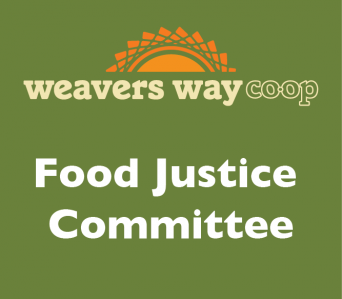
Free School Lunches May Come at a High Price

In 2013, according to the New York Times, 51 percent of children in public schools in the United States qualified for free or reduced-price school lunches due to income levels near the poverty line, up from 38 percent in 2000. Hunger is prevalent among these students, exacerbated by the fact that many live in “food deserts,” where stores don’t carry fresh foods, and getting to a supermarket that does is difficult on public transportation. Some homes lack working refrigerators or stoves, or even electricity. As a result, many of these families rely on prepared, processed food at home out of necessity.
And far too many children simply do not have enough to eat at all.
As a doctoral candidate studying school food, I’ve heard from many children that they cannot fully focus on their studies because of hunger pangs, stomachaches and headaches — even after lunch. In my research comparing two types of lunch programs — one “regular” program that offers reheated, mostly processed lunches, and another “whole foods” program that offers a freshly prepared meal of mostly whole foods — I have also found that hunger and undernourishment not only impact students’ ability to learn, but affect the school community as a whole. The good news is that students are excited about and interested in eating fresh, whole foods that taste good, prepared by people who care about them. In interviews, they have described how much better and ready to learn they feel when they eat fresh, whole foods, prepared on-site, compared to pre-packaged processed lunches, which they say leave them still feeling hungry and less energetic. Teachers have also told me that students are more alert, happier and calmer after eating the freshly prepared lunches, which contributes to a more positive school culture overall.
Since many food-insecure children eat the majority of their meals at school, schools have an enormous opportunity to alleviate the effects of poverty and hunger through their own food programs. “Backpack” feeding programs are an effective way to meet the nutritional needs of students and their families suffering food insecurity. These are programs that provide healthier nonperishable items donated by local stores and organizations, like peanut butter, instant oatmeal, granola bars or canned goods, to students to take home on weekends or longer breaks, when school meals are not available. Some schools plant gardens and incorporate the produce into their food programs; others are finding creative ways to incorporate fresh, whole foods into school meals.
Education practitioners, reformers, and researchers have long overlooked the issue of food insecurity in schools, having assumed that the National School Lunch Program has that covered. While free lunch is a great start, it is not enough. We must reassess our school food programs and address our children’s basic human needs, so all students can thrive in their schools and beyond. Join the Food Justice Committee to discuss what the Weavers Way community can do to address childhood hunger in schools.
Erin Cassar is a Weavers Way member who expects to complete her doctorate in Urban Education at Temple University in 2017. Reach her at erin.cassar@temple.edu.
